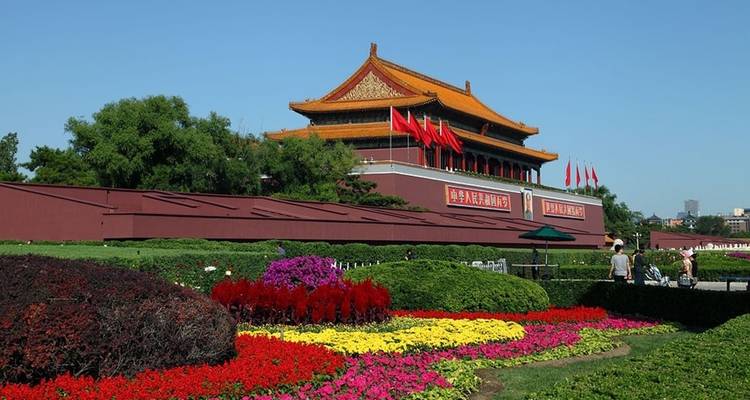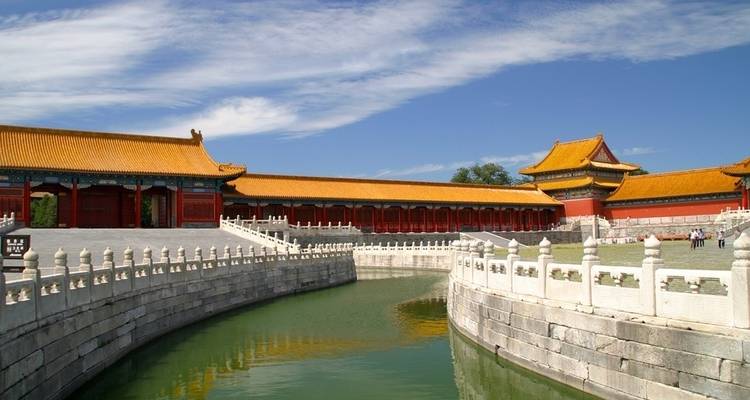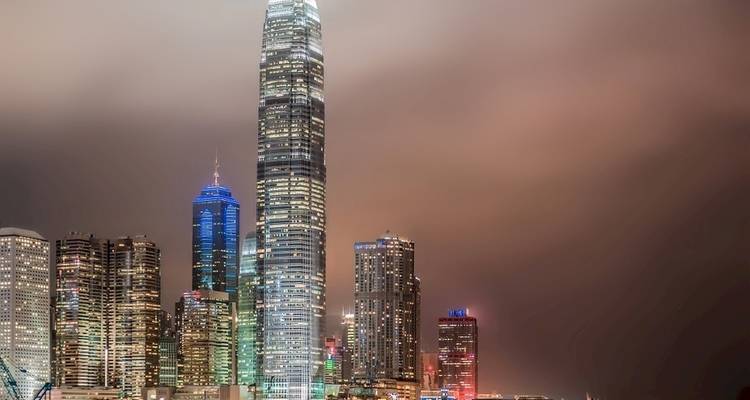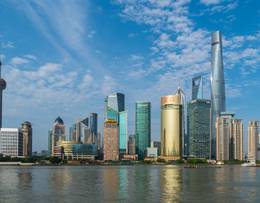



 View all
View all
Price based on Cheapest Room
Price based on Shared Room
Price based on Private Single Room
Price based on Private Double Room
Best price guarantee Learn More
- Operator
- Knutson Travels
- In-depth Cultural
- Immerse yourself in rich history and local traditions
- Group Tour
- Join a group and forge lifelong friendships
- Fully Guided
- An experienced guide will be with you for the entire tour
- Guided in English
- Group Size 10 - 26
- Ages 8+
Places You’ll See

Highlights
- Explore Victoria Harbour by boat
- Stroll through ancient Shanghai
- Discover Guilin's natural wonders
- Meet giant pandas in Chengdu
- Visit the Terracotta Warriors in Xi'an
Itinerary
- Introduction
- Days 1 - 4 Hong Kong
- Days 5 - 7 Shanghai
- Days 8 - 9 Guilin
- Days 10 - 11 Chengdu
- Days 12 - 14 Xi'an
- Days 15 - 16 Beijing
What's Included
- Accommodation
- Flights
- Guide
- Meals
- Transport
- Free eSIMTourRadar offers the lead traveler (the person who booked) a free 1GB eSIM for the trip. The eSIM is redeemable only through the TourRadar app 72 hours before departure.
What's Not Included
- Insurance
Adventure Type
- Group AdventuresJoin a group and forge lifelong friendships.What to expect
- Fast booking confirmation
- Carefully planned itineraries
- Travel with like-minded people
- Personalized AdventuresCustomize an existing itinerary or create your own.What to expect
- Choose your preferred dates and duration
- Upgrade your accommodation
- Customize the itineraries

Operated by
Knutson Travels
Number of tours
9
Age Range
18 to 85 years old
Response time
9 hours
Response rate
100%
We provide a tour experience unlike any other, bringing the local culture to...
Read moreCustomer Reviews
- Bruce· June 27th, 2018Josh took the time to understand everything we wanted to experience. We benefited from his extensive knowledge and had the time of our lives. We highly recommend Knutson Travels.Show more
Dates & Availability
Select departure month and travellers
- Instant ConfirmationFrom Monday2 Feb, 2026To Tuesday17 Feb, 2026EnglishThis departure date is available and will 100% departGuaranteed departureFrom:NZ $12,783 per personMultiple Room Types
Why book with TourRadar?
- Trusted and vetted operators
- Rated excellent on
- Best price guarantee
- 24/7 customer support
- Earn $150 in travel credits
- Free eSim with every purchase
To protect your payment and ensure your booking will be processed in Australia, never transfer or communicate outside of the TourRadar website or app.
What our customers ask about this tour
The content in our FAQ section is subject to change.- K
Kim
Asked on November 11th, 2022Is it possible to get a visa to even go to china right now? I live in the US and I'm not sure if you can even get a visa to go to china, but if you can I am interested
 Knutson TravelsOperator•Written November 2022
Knutson TravelsOperator•Written November 2022We have been hoping for the Chinese government to open the country in time for this tour. We have kept the tour active for 2023 as we have a lot of interest, but it looks as though we will not be able to tour until at least 2024.
Price based on Cheapest Room
Price based on Shared Room
Price based on Private Single Room
Price based on Private Double Room
Best price guarantee Learn More
Good to Know
Tour ID: 153798













